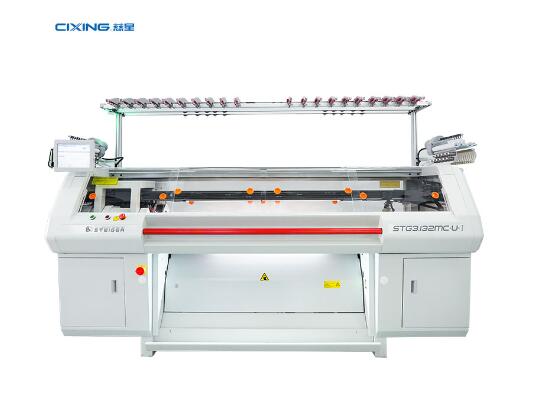The Anatomy of Creation: Key Components and Parts of a Fabric Textile Knitting Machine
2023-12-20
Introduction:
In the intricate dance of fabric creation, textile knitting machines are the maestros that bring yarn to life, crafting intricate patterns and diverse textures. To truly understand the magic behind these machines, it's essential to dissect their anatomy. In this blog post, we'll unravel the key components and parts of a fabric textile knitting machine, exploring the intricate mechanisms that transform raw materials into woven wonders.
1. Needles: The Artistic Hands of the Machine:
- Needles are the primary components responsible for forming loops with yarn.
- Depending on the type of knitting machine, there can be hundreds or even thousands of needles arranged in a specific pattern.
2. Needle Beds: Supporting the Craft:
- Needle beds are flat surfaces that hold and support the needles in their designated positions.
- The arrangement of needle beds determines the type of fabric the machine can produce.
3. Cam Systems: Guiding the Dance of Needles:
- Cam systems control the movement of needles, guiding them in specific motions to create various stitch patterns.
- The design of the cam system influences the texture and appearance of the knitted fabric.
4. Yarn Carriers: Delivering the Thread:
- Yarn carriers are devices that hold and deliver yarn to the needles.
- The precise control of yarn delivery is crucial for forming the desired fabric structure.
5. Tensioners: Balancing Act for Yarn Control:
- Tensioners regulate the tension of yarn, ensuring a consistent and controlled flow.
- Proper tension is essential for creating uniform and high-quality knitted fabrics.
6. Sinker Systems: Nurturing the Loops:
- Sinker systems work in conjunction with needles to shape and hold the loops.
- They play a vital role in controlling the fabric structure and preventing dropped stitches.
7. Stitch Brushes: Ensuring Consistency:
- Stitch brushes help maintain consistent loop formation by guiding the yarn and loops through the needle beds.
- They contribute to the overall uniformity and quality of the knitted fabric.
8. Cams and Levers: Orchestrating the Movement:
- Cams and levers control the movement of various machine components, coordinating the intricate dance of needles, yarn carriers, and sinkers.
- These components are integral to achieving specific stitch patterns and fabric textures.
Conclusion:
A fabric textile knitting machine is a symphony of interconnected components, each playing a crucial role in the creation of exquisite fabrics. From the rhythmic movement of needles to the precise control of yarn tension, every part contributes to the artistry of textile production. As technology continues to advance, innovations in these key components further refine the capabilities of knitting machines, offering endless possibilities for textile designers and manufacturers to weave new tales of creativity and craftsmanship.



